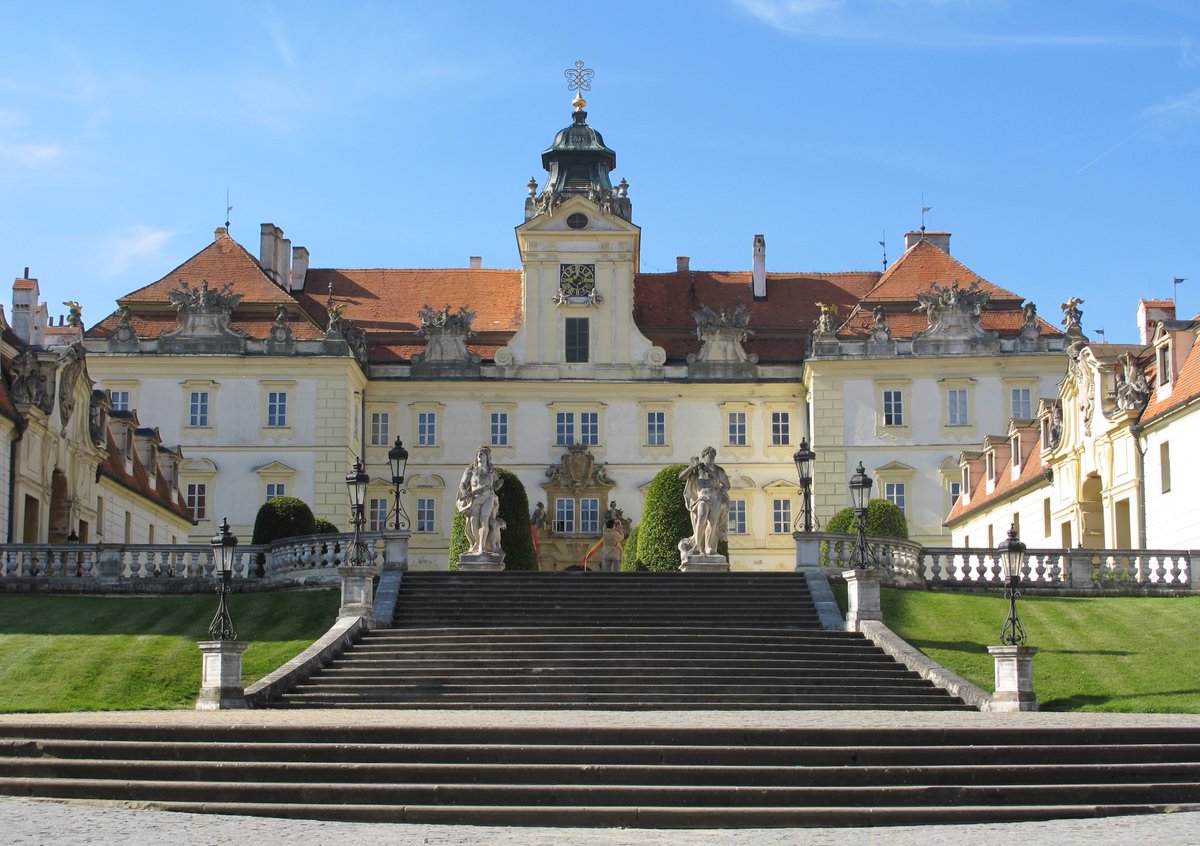
A German Count whose chance inheritance led to a dynasty that ruled or will rule all the four corners of Europe.
https://twitter.com/Arby_K/status/1317678020618981377
When Christian was born in 1426, it was not expected he will go on to rule a kingdom, let alone three. His father was the Count of Oldenburg and Delmenhorst in the Holy Roman Empire and his mother was the daughter of the Count of Holstein Rendsburg and Duke of Schleswig. 1/10 

The deposition of King Erik of the Kalmar Union & the sudden death of his successor Christopher in 1448 left a power vacuum in Scandinavia. The Swedes elected Karl Bonde as King Charles VIII, while the Danish crown was offered to Adolf, Duke of Schleswig & Christian's uncle. 2/10 

Schleswig was one of the bigger provinces in Denmark and Adolf wielded considerable influence in the kingdom. Unfortunately aged 47, he also had no children. He nominated his nephew instead, a proposal that the Rigsrådet readily accepted and Christian became King in 1448. 3/10 

After a tussle between Christian and Charles for the Norwegian throne, Christian would gain another crown in 1450. Charles would, in turn, be deposed by the Swedes in 1457 and Christian would gain the Swedish crown briefly till 1464. 4/10 

When his uncle died, he would be elected as Duke of Schleswig and Count of Holstein Rendsburg, despite better competing claims. His wife, Queen Dorothea, would play an astute role in confirming her husband's claim. 5/10 

Though his son Johan and grandson Christian would briefly rule Sweden as well, a cadet branch of Oldenburg (Holstein Gottorp) would return to the Swedish throne from 1751-1818. The same branch would inherit the North East corner of Europe as well. 6/10 

In 1762, Duke Karl Ulrich of Holstein Gottorp would be crowned as Peter III, Tsar of Russia, and though his reign was short, his descendants would rule Russia till 1917, after his wife Catherine II died in 1796. 7/10 

When Greece looked for a king in 1862, after they had deposed their unpopular King Otto, Danish prince Christian was nominated by the UK, France and Russia. Soon the young Oldenburg prince became King Georgios I whose descendants would rule Greece till 1973. 8/10 

The Greek king's grandson, Philip, would marry the British princess Elizabeth in 1946 and his son Charles is heir to the British throne, which also includes Gibraltar, the south western tip of the European continent. 9/10 

When Charles does become king, a land that Christian lost when he was king, the Northern Isles, would return to the Oldenburgs. The House of Oldenburg currently rules over Denmark and Norway, though they come from a cadet branch of the senior Glücksburg line. 10/10 

• • •
Missing some Tweet in this thread? You can try to
force a refresh














